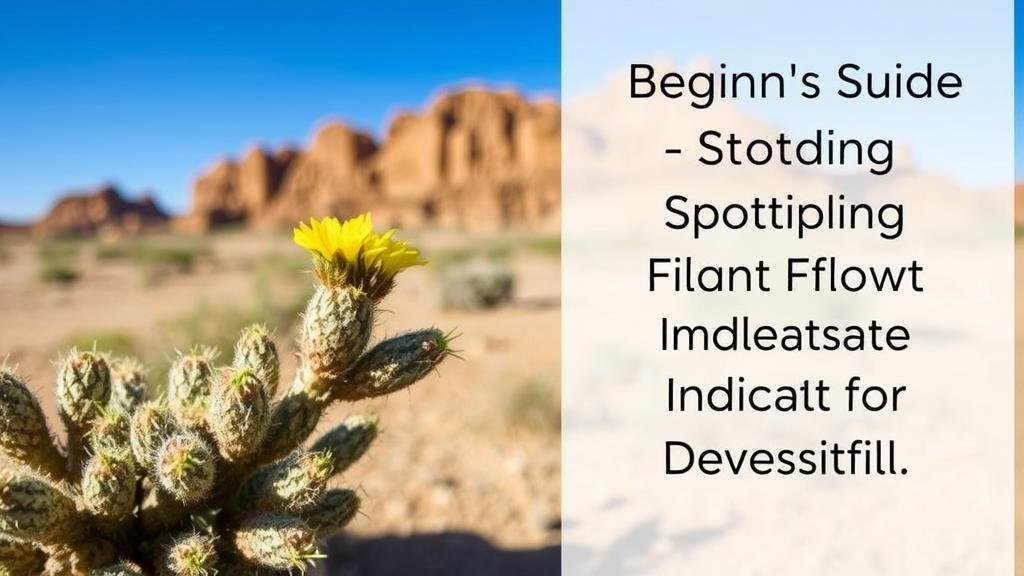Beginner’s Guide to Spotting Desert Plant Growth Indicators for Gold Deposits
Beginner’s Guide to Spotting Desert Plant Growth Indicators for Gold Deposits
Identifying gold deposits in desert environments can be complicated; however, understanding how certain plants signal the presence of these valuable minerals can be beneficial for prospectors. This guide provides an overview of the vegetation types to look for, the principles of plant growth indicators, and practical methodologies to aid in exploration.
Understanding Plant Growth Indicators
Certain plants have adapted to thrive in arid, mineral-rich environments, and their growth patterns can indicate the presence of underlying gold deposits. These plants often reflect the geological conditions of their surroundings, making them useful indicators for exploration.
Key Vegetation Types to Observe
Several species of flora are particularly noted for their association with mineralization. Identifying these plants can provide insightful clues for prospecting:
- Creosote Bush (Larrea tridentata): This hardy desert shrub is commonly found in gold-bearing regions. Its resilience in nutrient-poor soil can indicate proximity to mineralized zones.
- Joshua Tree (Yucca brevifolia): Found primarily in the Mojave Desert, the Joshua trees growth may signal the existence of underlying geophysical anomalies related to mineralization.
- Desert Ironwood (Olneya tesota): This slow-growing tree is often associated with high mineral content in the soil, making it a valuable indicator for prospectors.
The Relationship between Plants and Gold Deposits
Plants interact with their environment in various ways, particularly with metal content in the soil. Through processes such as hyperaccumulation, some species absorb metals, including gold, from the soil, which can lead to visible signs of their presence.
Hyperaccumulation of Metals
Hyperaccumulator plants are capable of surviving in conditions with high concentrations of heavy metals, often including gold. e plants can indicate the presence of gold deposits through their physiological adaptations.
Case Studies in Plant Indicator Analysis
Examples from gold-rich regions, such as the Western United States and Australia, demonstrate how vegetation studies have successfully predicted gold deposits. Research has shown that soil samples taken near particular vegetation can provide clues about the likelihood of encountering mineralization.
Field Techniques for Identifying Growth Indicators
When surveying desert landscapes for potential gold deposits, there are several field techniques that can enhance efficacy in identifying growth indicators.
Soil Sampling
Collecting soil samples around plant roots provides data on nutrient content and metal presence. Conduct soil tests in areas where the indicator plants thrive to quantify mineral levels.
Geospatial Mapping
Utilizing GPS technology to map the locations of indicator plants combined with geological surveys can enhance the understanding of mineral distribution patterns.
- Drone Surveys: Deploy drones equipped with multispectral imaging to analyze plant health and distribution.
- Thermal Imaging: Measure thermal signatures of soil to identify moisture levels linked to plant growth and mineral presence.
Conclusion and Actionable Takeaways
By developing an understanding of the relationships between desert plant species and gold deposits, prospectors can significantly improve their chances of discovery. Key points to remember include:
- Recognize the specific plants linked to gold deposits.
- Conduct soil and environmental analysis where these plants are found.
- Use modern technologies to enhance exploration efficiency.
With these tools and knowledge, beginners can navigate the often challenging terrain of gold prospecting in desert environments with greater confidence and success.



